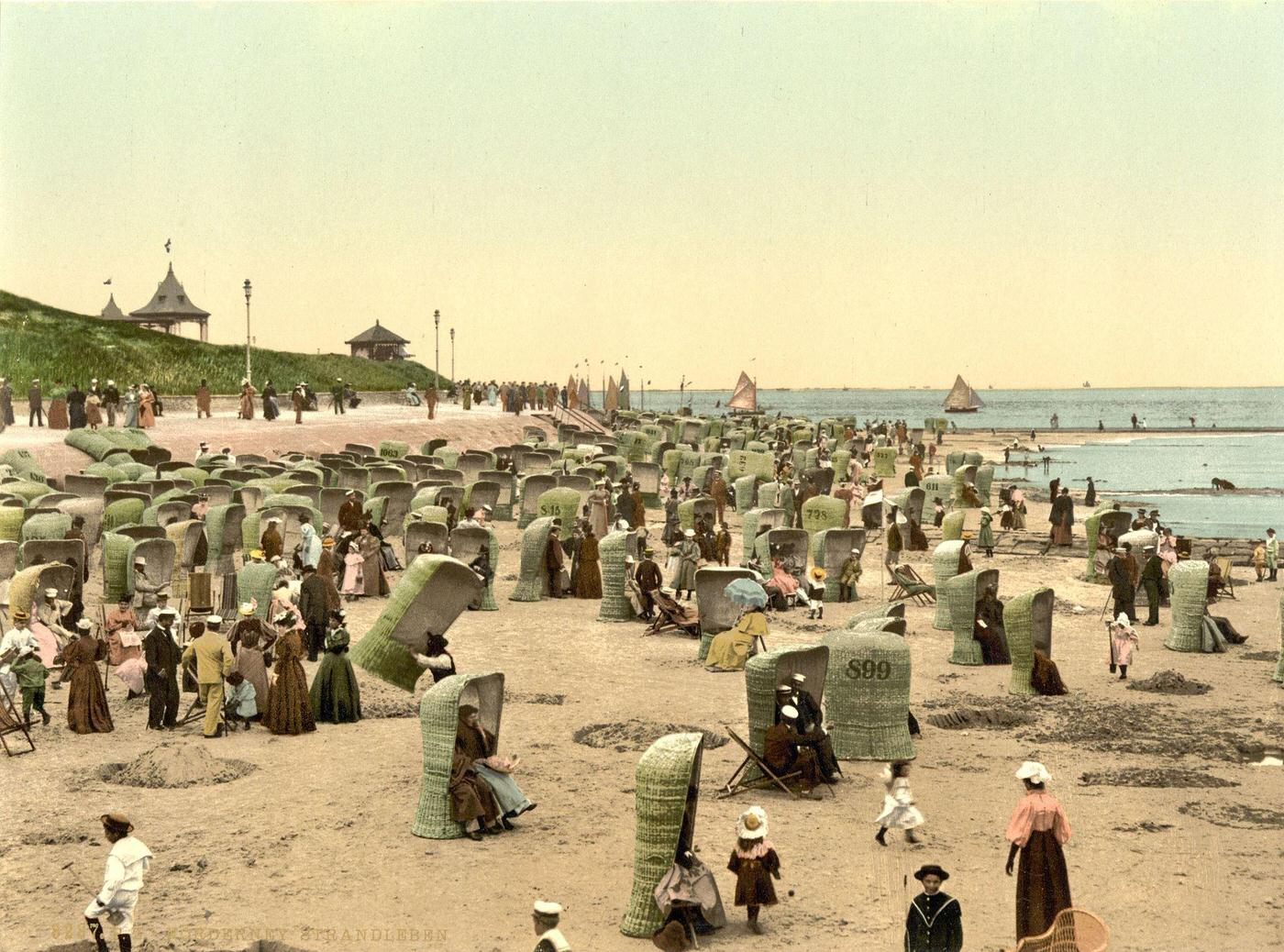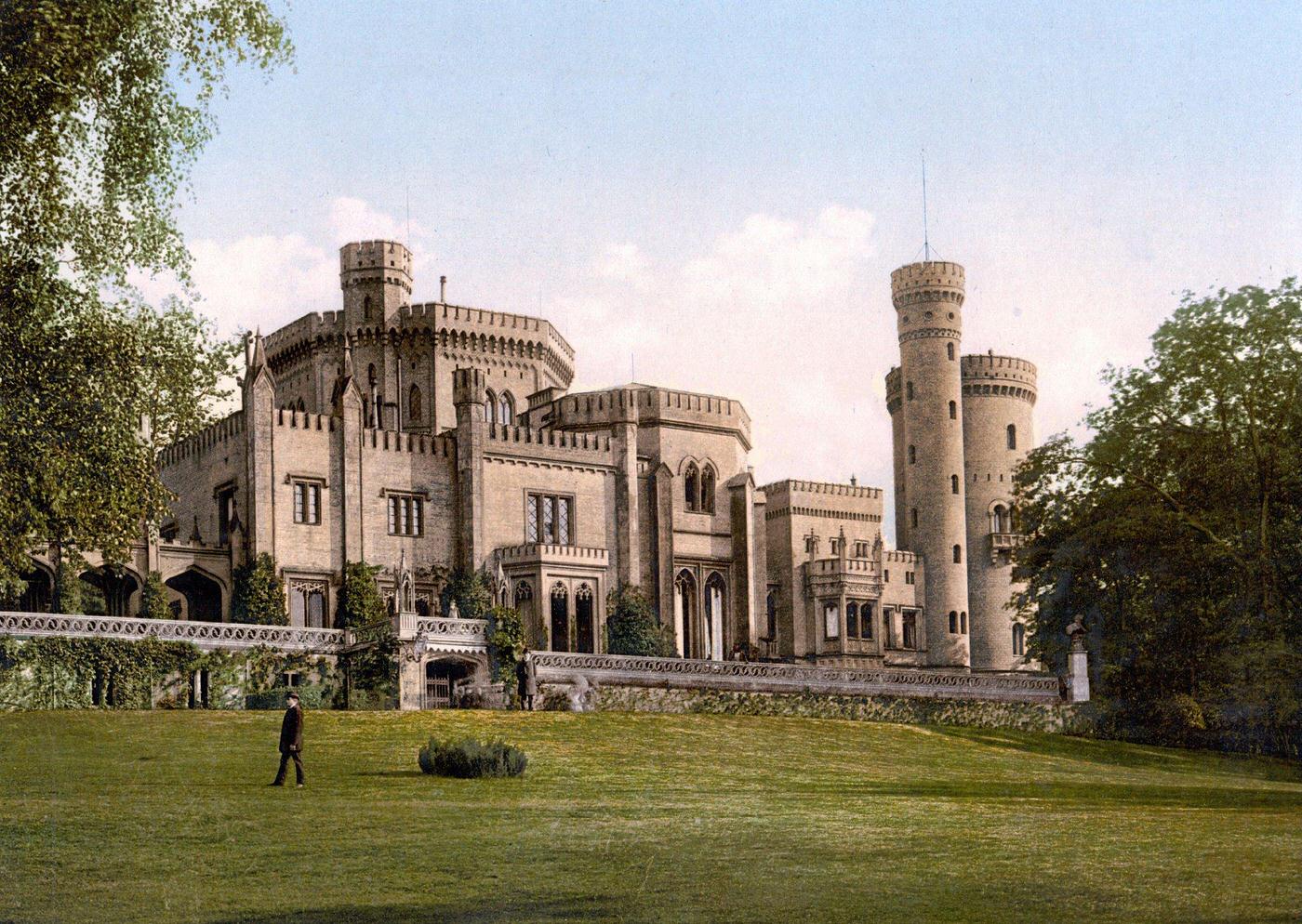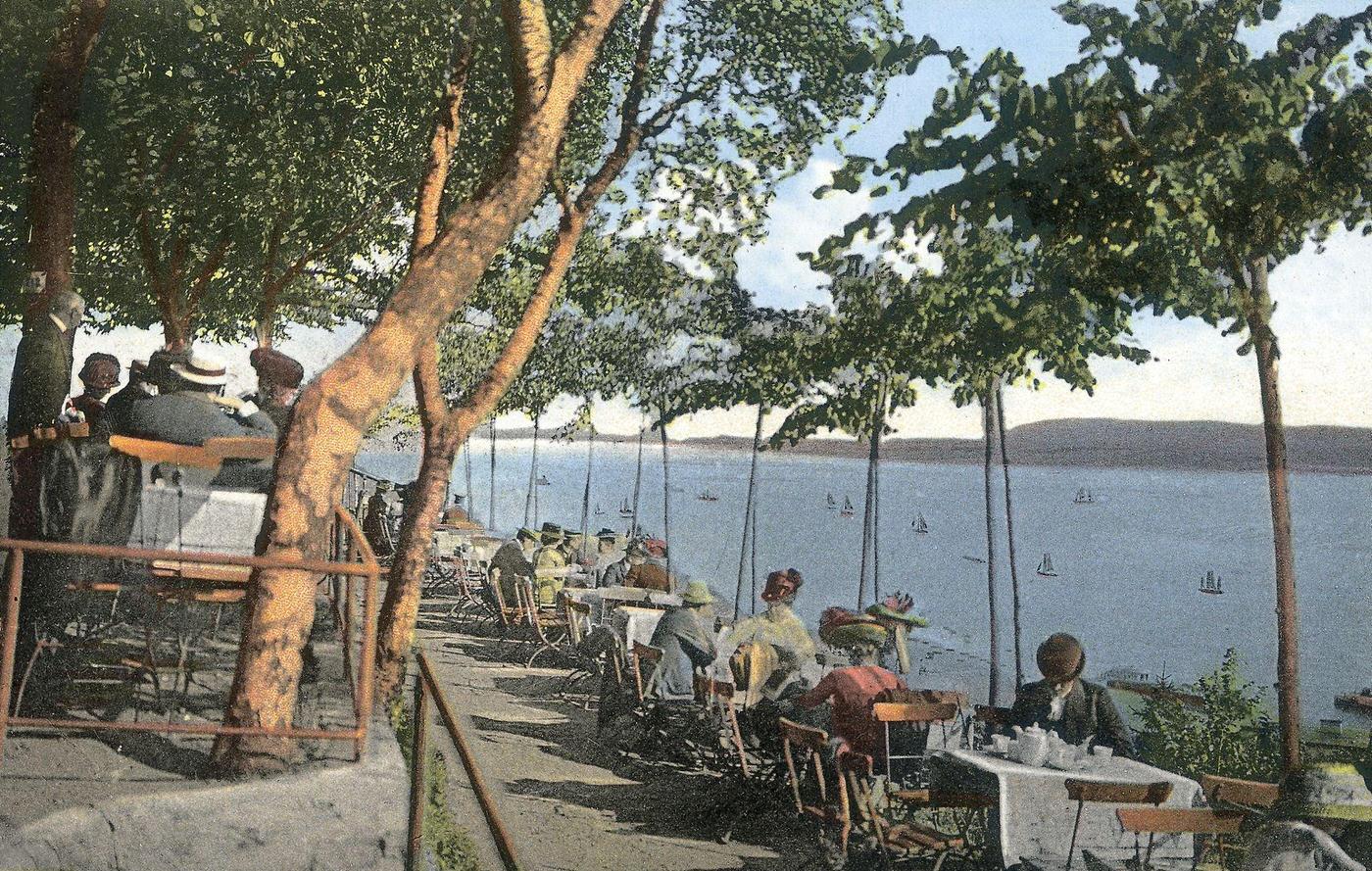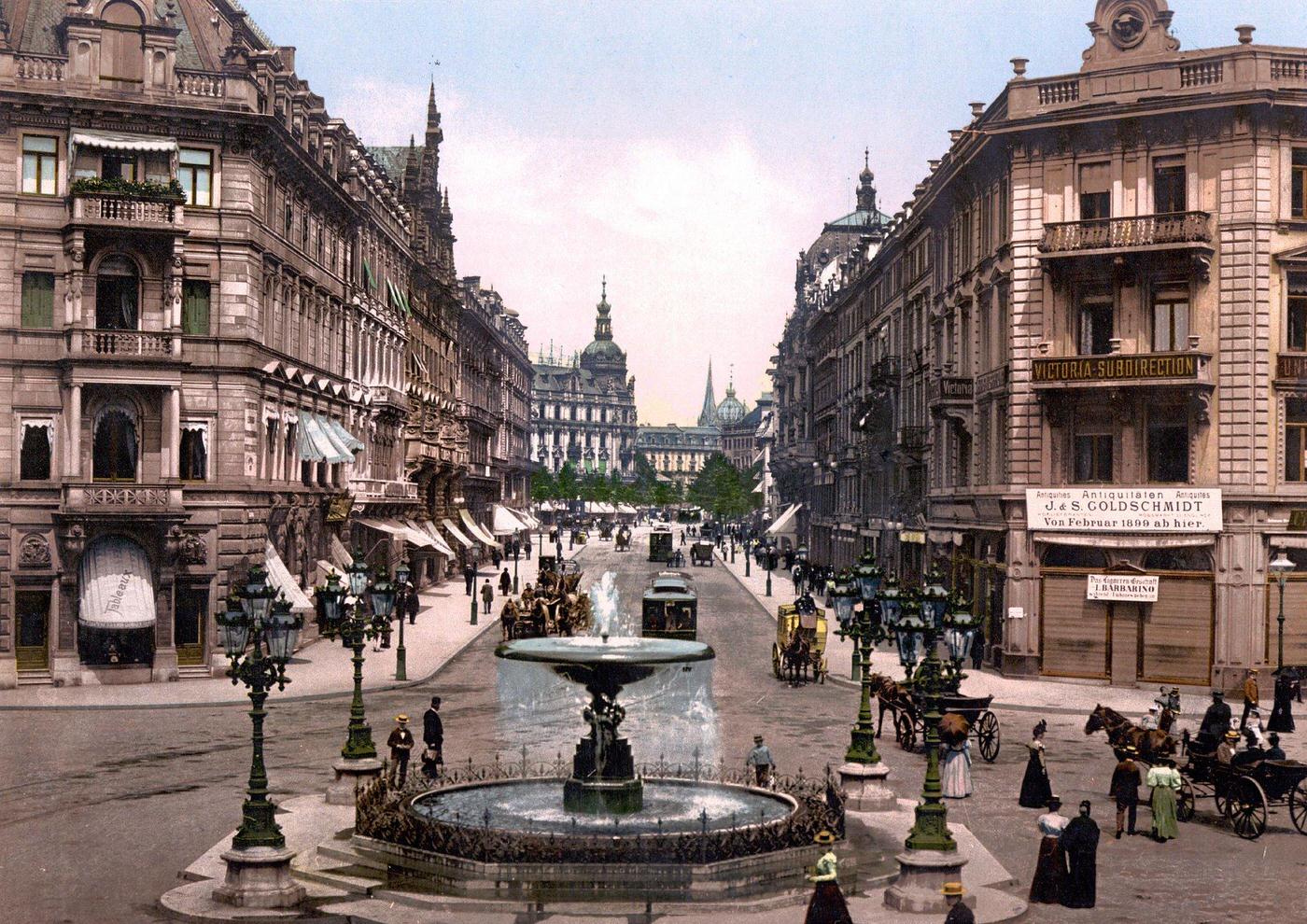If you ever find yourself drawn to the sweeping narratives of history, the late 19th century in Germany is a tale that deserves your attention. It’s a period marked by unification, industrialization, cultural revolution, and profound changes that would set the stage for the world events to follow.
The Unification of Germany
To understand Germany in the late 19th century, one must begin with one pivotal event – the unification of Germany. Before 1871, what we now know as Germany was a patchwork of independent states and territories. This changed with the Franco-Prussian War (1870-1871), when Prussian Chancellor Otto von Bismarck successfully brought these states together to form a single, unified German Empire.
The Prussian King, Wilhelm I, was declared the German Emperor (or Kaiser) in 1871, with Bismarck serving as his Chancellor. This newly unified Germany would go on to become a major political and economic power in Europe.
The Industrial Revolution
The late 19th century in Germany was marked by rapid industrialization. The period saw a massive increase in manufacturing, from steel production to machinery and textiles, transforming Germany into an industrial powerhouse.
Cities expanded, railways crisscrossed the nation, and factories sprung up, changing the very face of the country. With these changes came a shift in the population as well: many people moved from rural areas to urban centers in search of jobs. Cities like Berlin, Munich, and Hamburg grew exponentially, turning into bustling hubs of industry and commerce.
Arts and Culture
Cultural life in Germany also experienced a boom during this era. This was the time of the Gründerzeit, or “Founders’ Epoch”, a term used to signify the economic prosperity that followed unification.
Art, literature, and philosophy thrived, drawing inspiration from Romanticism and later turning towards Realism. Painters like Arnold Böcklin and authors like Thomas Mann painted and penned the spirit of the time, reflecting the changing society and its ethos. Music, too, had its golden era, with composers like Johannes Brahms and Richard Wagner leaving their indelible marks on the history of classical music.
Universities became the epicenters of knowledge, nurturing thinkers like Friedrich Nietzsche and Max Weber, whose thoughts and ideas would echo far beyond the borders of the newly established nation.
The Social Fabric
Despite the economic prosperity and cultural efflorescence, the late 19th century was not without its social tensions. The rapid industrialization and urbanization led to a widening gap between the rich and the poor, with workers often facing poor living conditions and long working hours.
The rise of Social Democracy sought to address these issues, leading to the formation of the Social Democratic Party of Germany (SPD) in 1875. While Bismarck initially tried to suppress this movement with his “Anti-Socialist Laws”, the Social Democrats eventually became a significant force in German politics.
As the 19th century ended, Germany stood on the brink of a new era. The unified nation had proven itself to be an economic powerhouse, a cultural dynamo, and a significant political player on the European stage. But the winds of change were stirring, and the 20th century would bring challenges and transformations of its own. Here are some fascinating colorized photos that show Germany in the late 19th Century.















































